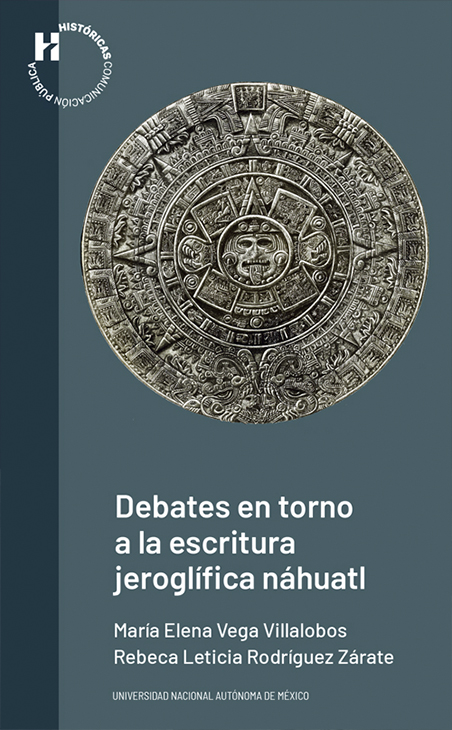
Rebeca Leticia Rodríguez Zárate
María Elena Vega Villalobos
Debates en torno a la escritura jeroglífica náhuatl
ISBN 978-607-30-7231-1
Colección
Desde los primeros contactos entre los europeos y los habitantes de la América indígena, los códices o libros producidos por los nahuas llamaron la atención de conquistadores, evangelizadores y autoridades españolas, quienes iniciaron un interesante debate relacionado con la naturaleza de la escritura empleada por los pueblos recién conquistados. Después de quinientos años, la naturaleza de estos registros continúa debatiéndose, y ha creado múltiples imágenes y juicios de valor en torno a los pueblos que fueron sus usuarios. Este libro cuenta los debates en torno a los discursos occidentales que se enunciaron acerca de la escritura jeroglífica náhuatl desde el siglo XVI y concluye con el análisis de las principales posturas contemporáneas. Además de contribuir a una mejor comprensión de las formas en que es y ha sido concebida la escritura náhuatl, el libro arroja luz acerca de cómo se han configurado distintas prácticas de investigación histórica a partir del trabajo con fuentes no alfabéticas. Esta obra, sin duda, será de mucha utilidad para todos los interesados en la historia de los pueblos indígenas, así como en los debates historiográficos relacionados con los logros intelectuales de las sociedades mesoamericanas y la historia de las ideas.
Ever since the first encounters between Europeans and the inhabitants of indigenous America, the codices or books produced by the Nahuas have drawn the attention of conquerors, evangelizers, and Spaniard authorities, sparking an interesting debate regarding the nature of the writing used by the newly conquered peoples. Five hundred years later, the nature of these records is still under discussion, arousing multiple images and value judgements about the peoples that used it. This work provides a recount of the debates surrounding Western discourses on Nahuatl hieroglyphic writing from the 16th century onwards and sums up the analysis of the main contemporary perspectives. Besides providing a better understanding of the ways in which Nahuatl writing is and has been conceived, the book sheds light on how different historical research practices based on non-alphabetic sources have been configured. This work will undoubtedly be very useful for anyone interested in the history of indigenous peoples, as well as in the historiographical debates related to the intellectual achievements of Mesoamerican societies, and the history of the ideas.
Introducción
I. Escritura sin palabras
Indios, paganos y salvajes
Los jeroglíficos mexicanos
II. La escritura náhuatl desde la mirada ilustrada: La pictografía
III. Descifrando el pasado
IV. La escritura jeroglífica náhuatl
Ideogramas, pictogramas y semasiografía. De nuevo una escritura “sin palabras”
La gramatología
Conclusiones
Glosario
Bibliografía

